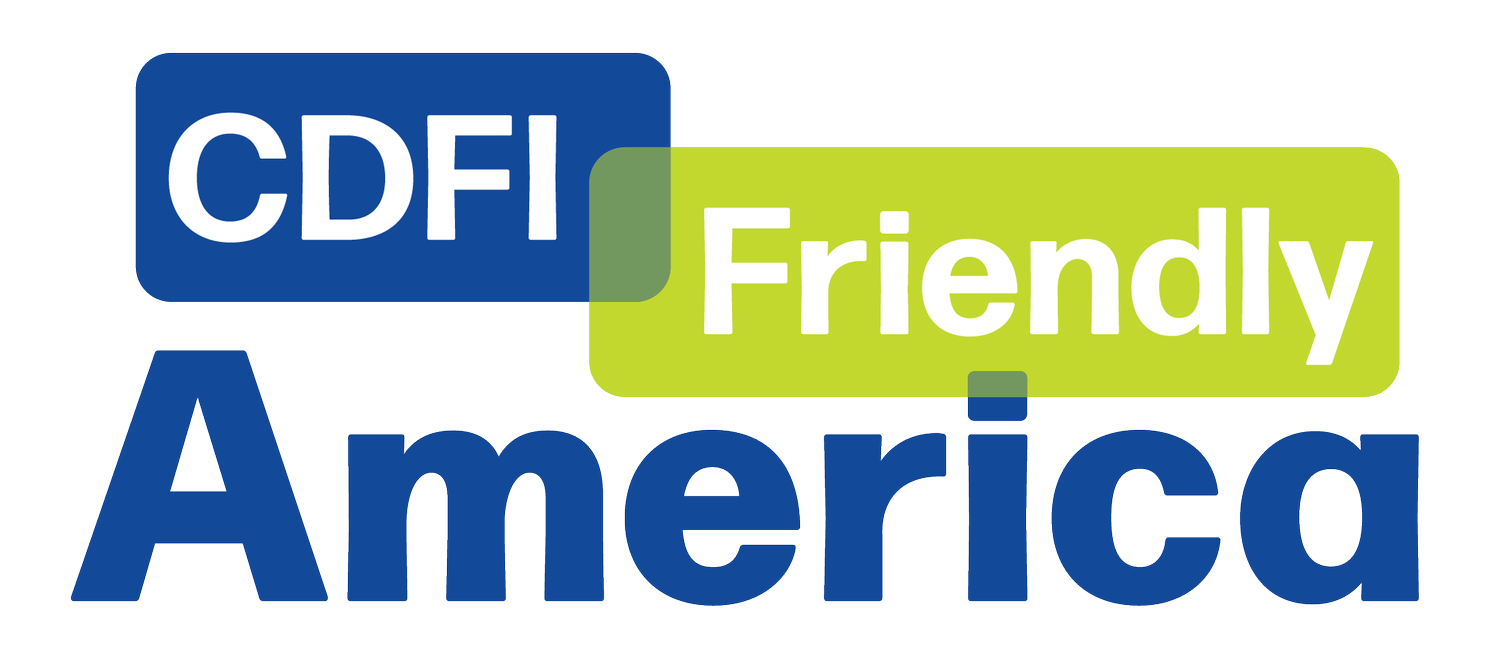CDFI Advocacy Focus: What Did CDFIs Do in Key Appropriation Districts & States?
As the fight for the CDFI Fund’s future moves from a broad argument to a very narrow battleground—that is, from Congress generally to congressional appropriations subcommittees—we took a closer look at our CDFI Advocacy Map.
What we learned is that at key Appropriations Committee and subcommittee levels, CDFI lending historically has favored Republican places more than Democratic places, similar to what we learned at the broad congressional level.
The Senate and House Appropriations Committee’s subcommittees on Financial Services will set the course for CDFI Fund funding for fiscal 2026. Here are the facts along party lines:
Average CDFI Financing Per Capita
Senate & House Appropriations Subcommittees on Financial Services & General Government
The national per capita average for CDFI financing is $714, so the states represented on the subcommittee by Republican Senators topped the national average by 23%, while the states represented by Democratic Senators trailed the national average by 47%.
On the House side, congressional districts represented by Republicans topped the national average by 11% while districts represented by Democrats trailed the national average by 62%.
The pattern is similar at the full Appropriations Committee:
Average CDFI Financing Per Capita
Senate & House Appropriations Committees
Similar to the subcommittees, the full Appropriations Committee saw greater CDFI financing benefits to states and districts represented by Republicans.
States represented on the full committee by Republican Senators topped the national average by 90% while the states represented by Democratic Senators trailed the national average by 9%.
On the House full committee, congressional districts represented by Republicans topped the national average by 49% while districts represented by Democrats trailed the national average by 14%.
Consistent Advantage for Republicans in Congress
The patterns at and within the Appropriations Committees are also true in Congress as a whole. In an analysis we did earlier this year, the data revealed that 65% of the $243 billion in CDFI financing from 2005-2022 went to states that voted for Donald Trump for President in 2024.
CDFIs financed small businesses, home ownership, rental housing, nonprofits, commercial real estate, and consumers in 100% of the congressional districts and all 50 states, we reported then.
Conclusion
The case for appropriations for the CDFI Fund is strong. A federal program with a long history of bipartisan support, the CDFI Fund is making a significant impact all across the U.S., with advantages to people living in Republican congressional districts and states.
For a free report detailing these data by Member of Congress, please email us at info@cdfifriendlyamerica.com.
The source of the data in this report is the CDFI Advocacy Map, which is free to everyone.


